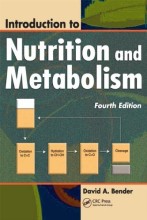T-Lymphocytes - Antigen presentation and the MHC molecules
3 important questions on T-Lymphocytes - Antigen presentation and the MHC molecules
What are two ways in which antigen loading onto MHC can occur?
MHC Class I; Ag produced endogenously within cell (viral/tumour proteins)
MHC Class II; Exogenous Ag, presenting cells include dendretic cells, B-cells and macrophages.
Descripe MHC class I pathway.
- Ag derived from viruses/tumour cells
- Viral/tumour perptides produced within cell; released in cytoplasma
- Ag peptide fragments transported into endoplasmic reticulum picked up by MHC I molecules
- Ag peptides presented on surface MHC I
- Ag recognition by CD8 T cells; usually action to kill
Decripe MHC class II pathway.
- Ag derived from;
Pathogens
Extracellulair pathogens
Proteins internalised by phagocytosis
Proteins bound to Ig on B cells internalised by endocytosis - Internalised proteins; degrated in acidic endosomes
MHC II in endoplasmic reticulum; exported in vesicles - Vesicle fuse in cell cytoplasm for MHC II to bind Ag peptides
- Ag peptides are presented on MHC II
- Ag recognition by CD4 T-cells; taking appropriate action
The question on the page originate from the summary of the following study material:
- A unique study and practice tool
- Never study anything twice again
- Get the grades you hope for
- 100% sure, 100% understanding































